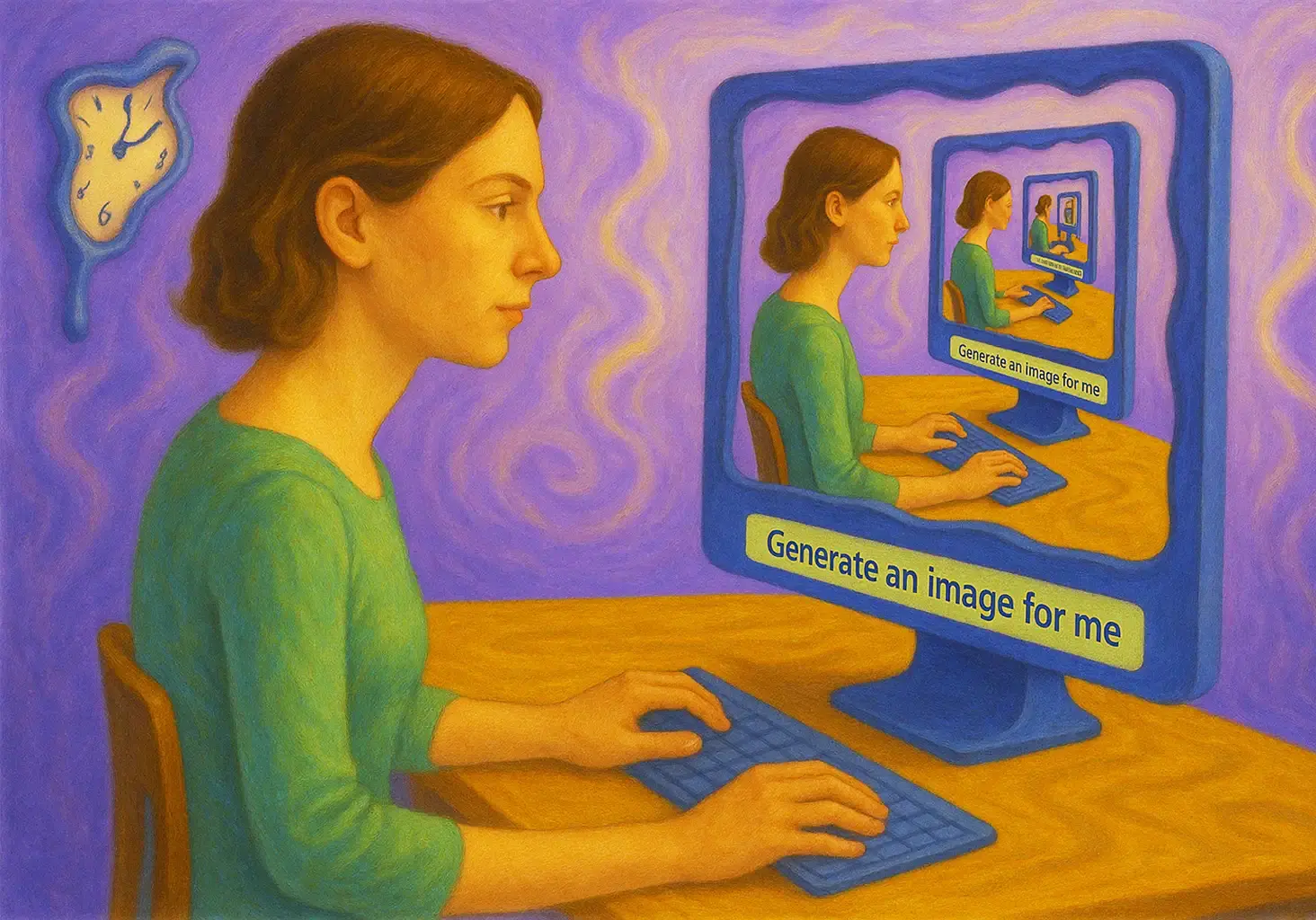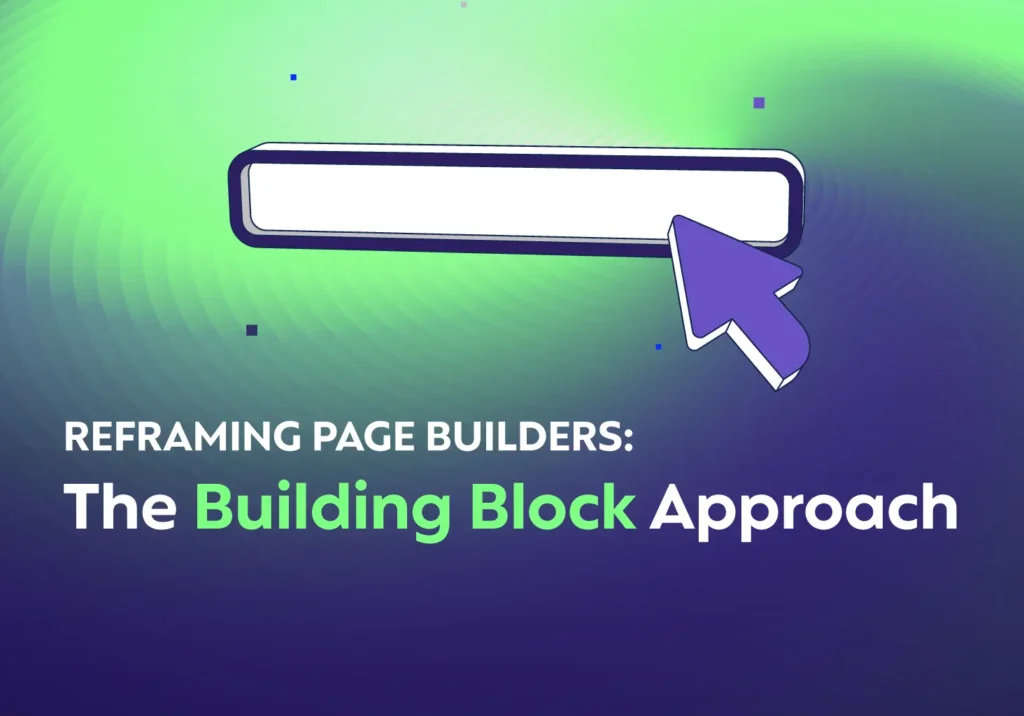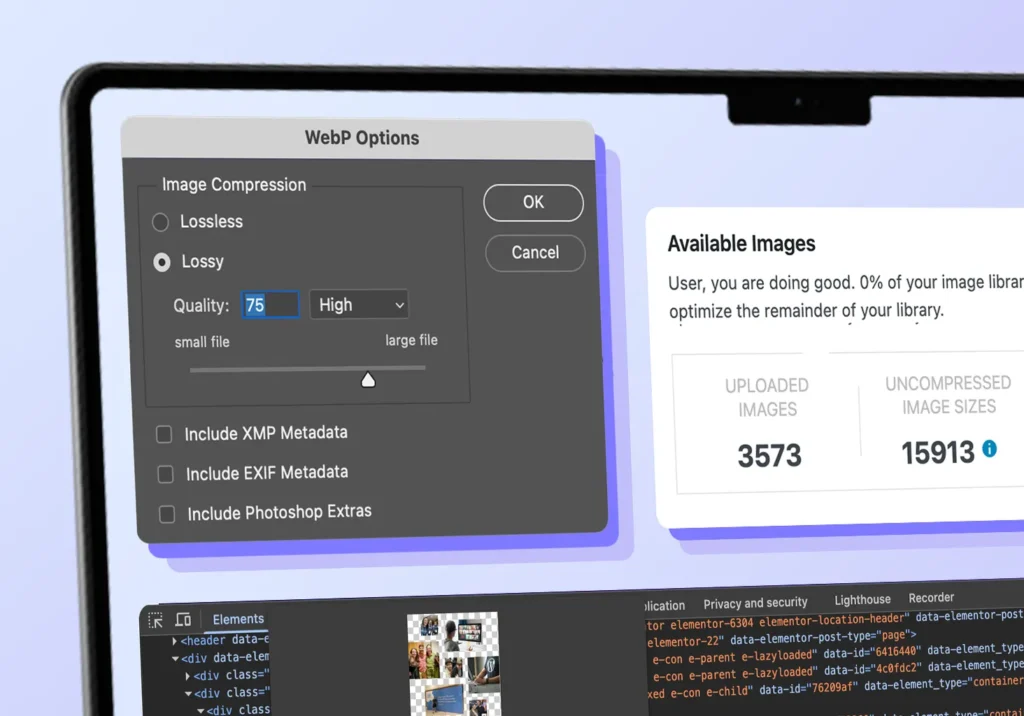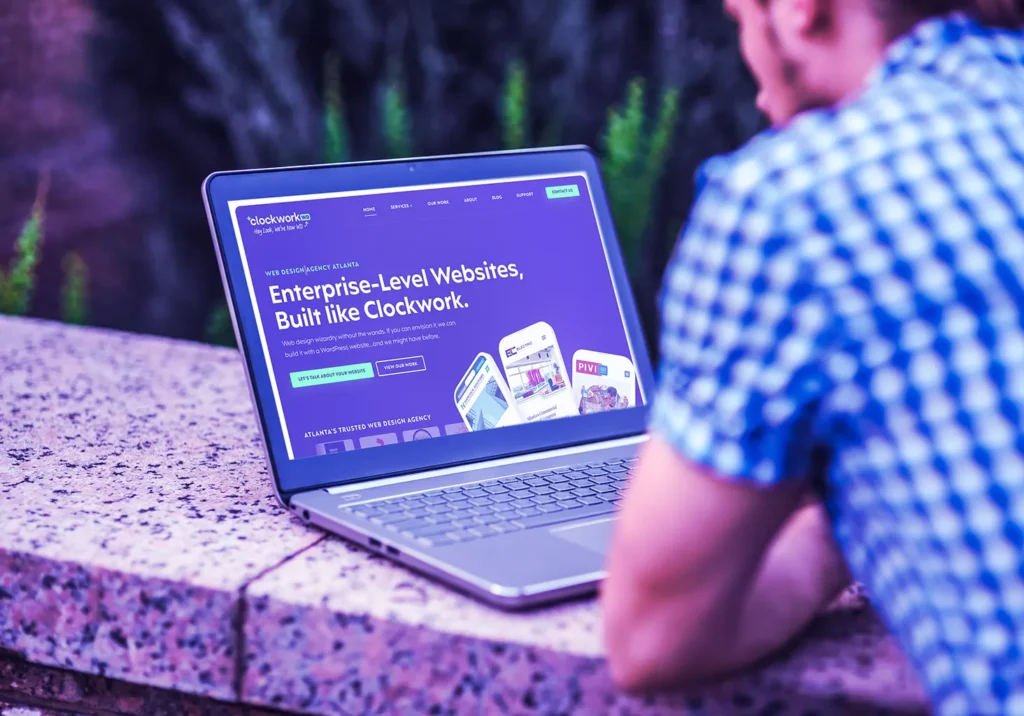Wondering if AI-generated images can work for your website?
As a project manager who lives and breathes web design, I hear these concerns a lot. Business owners want to know how to use AI images without looking amateurish, when they actually add value, and also what traps to avoid along the way. From the best AI image generation tools to how to know what looks good, I’ll walk you through making AI-driven design choices that won’t compromise your brand.
The Rise of AI-Generated Images in Web Design
AI image generators have come such a long way in a short time. (Who would have thought that “Will Smith eating spaghetti” would become the bizarre benchmark for tracking AI’s visual prowess?) What seems like every day, tools like Midjourney, OpenAI’s DALL·E, Adobe Firefly, and Google’s Gemini get better and better at producing stunning visuals from just a text prompt.
This generative technology opens up creative possibilities that were science fiction just a few years ago. For example, I used Gemini and DALL-E 3 (in ChatGPT) to generate these images below: “a koala doing yoga in corporate attire while holding fireballs” and get a unique image in seconds:
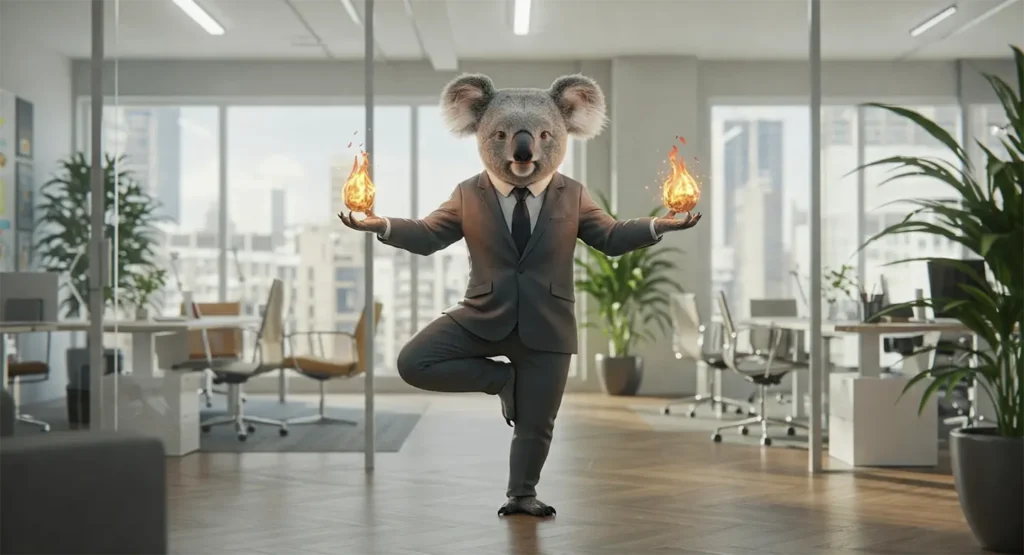
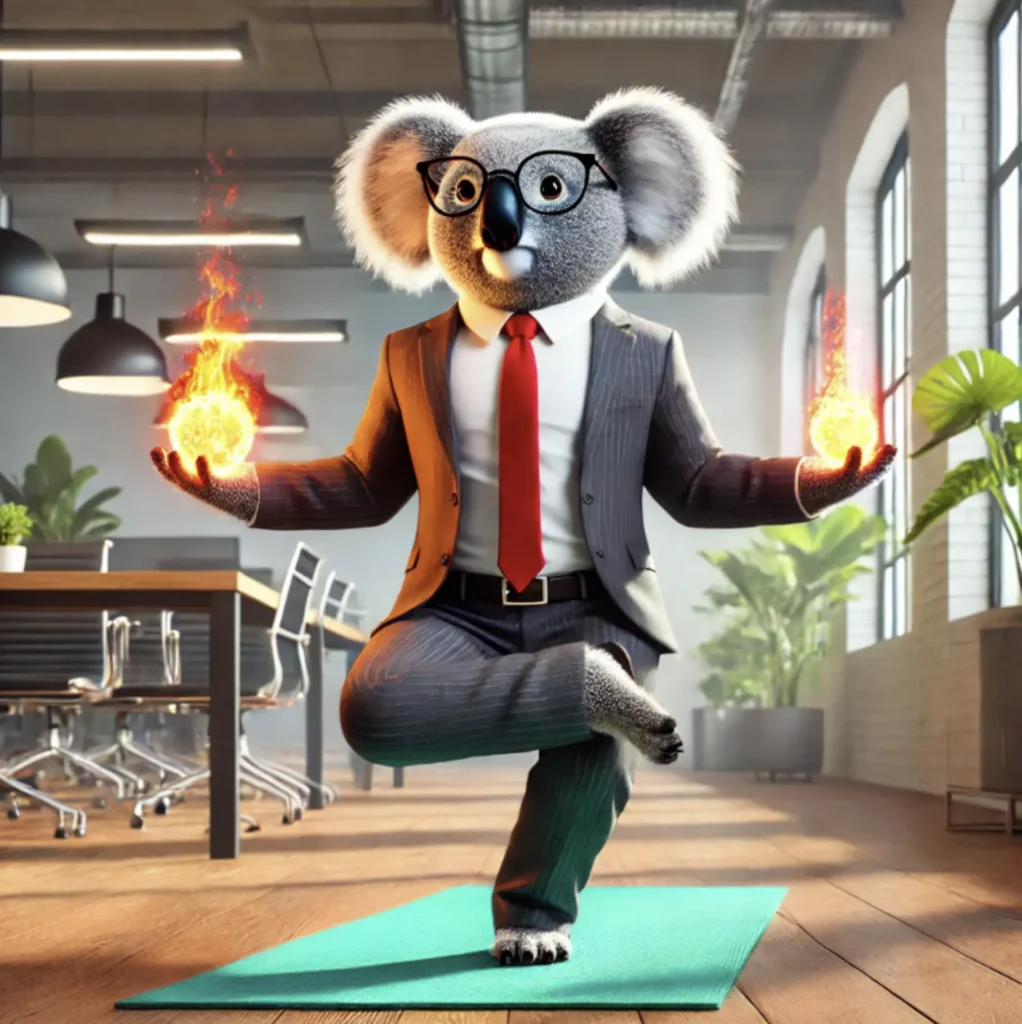
Not bad for a non-designer like me! These new AI tools mean even without a photographer or illustrator on hand, you can still conjure up custom illustrations, concept art, and more on demand. With a little upfront learning, some patience, and a sharp eye for design, you can start putting AI-driven design to work right now.
A Word to the Wise (on the Rise of AI Images)
With all my glowing words aside, AI image generation isn’t a magic fix. It’s hard to know what looks good or makes strategic sense for your brand if you’ve never had to think about it. Used correctly, it can boost your website or marketing collateral with original art or graphics that stand out on social media and other channels. Used without a strategy, it results in awkward-looking images, legal headaches, and website users heading elsewhere.
This is where having a web design team in your corner can quell those questions. Our designers can show when an AI image works and when it doesn’t, how to integrate them, and they’ve got the trained eye to catch some of the weird little details we’ll talk about later.
The key is knowing how to leverage these AI image generation tools for your maximum benefit, which is exactly why understanding the strengths and limitations of the top platforms is so important. But before diving into specific AI design tools, let’s talk about matching the right kind of image to your specific needs. This step alone can save you hours of frustration.
When AI Images Make Perfect Sense
There really is a whole new world of AI-powered creativity at your fingertips. These tools aren’t about replacing designers—they’re about expanding access, especially when you have specific visual needs that stock photos can’t easily fulfill. Here’s where AI-generated visuals truly shine:
-
Illustrations and Concept Art
When your website needs to explain abstract concepts visually, AI can deliver unique illustrations in minutes. Instead of settling for generic stock graphics or commissioning expensive custom art, you can quickly generate distinctive visuals that capture exactly what you're trying to communicate. -
Creative Marketing Visuals
Looking for that eye-catching hero image for your landing page? AI excels at creating imaginative scenes that stand out from the crowd. These unique visuals can help your content break through the noise, especially for campaigns where artistic interpretation matters more than photographic realism. -
Rapid Prototyping
During the website design process, AI images make perfect stand-ins until final assets are ready. They help stakeholders visualize concepts much more effectively than placeholder boxes, and they're infinitely more engaging than the same tired stock photos everyone uses. -
Highly Specific Concept
Perhaps AI's greatest strength is creating images that simply don't exist in stock libraries. Need an illustration of a robot teaching a financial literacy class? Or your product being used in an impossible setting? AI can visualize these concepts when photography or stock images simply can't.
While there are plenty of benefits of AI-generated images, these tools aren’t a one-stop shop.
When to Skip AI and Go Traditional
Despite all these impressive capabilities, there are times when AI images can fall short. Understanding its limitations is just as important as knowing its strengths:
-
Realistic Depictions of People
Need a photo of a person for your website? AI isn't the best choice. Despite improvements, AI models still struggle with human anatomy – you've probably seen jokes about AI-generated people with extra fingers or distorted facial features. For professional sites, it's safer to use real photography for people shots. -
Product Images and Accuracy
If you need to showcase a real product, AI won't give you an accurate representation. Using AI in this case could be misleading to customers. It's better to use actual product photos or high-quality renders where you have full control. -
Consistency Across Images
AI can have trouble maintaining strict consistency across a series of images. If you need a set of icons or a recurring character in different scenes, a graphic designer or illustrator is invaluable to create a uniform set of visuals.
When working on the Georgia Department of Education’s main website, we crafted each pixel by hand for their critical visual elements. However, for concept visualization during early design phases, our team loves to use AI as a complementary tool for brainstorming and quicker edits.
You’ve now seen how AI-generated images can work well for your business, so let’s explore some of the best AI image generation tools available in 2025. Each has its own strengths, pricing structure, and learning curve – finding the right match for your specific needs is key
Top AI Image Generation Tools in 2025
Not all AI image generators are created equal. Whether you’re a design novice or a seasoned professional, choosing the right tool can make or break your visual branding strategy. Here’s a list of a few of the top AI image generation platforms that are worth learning the ropes for:
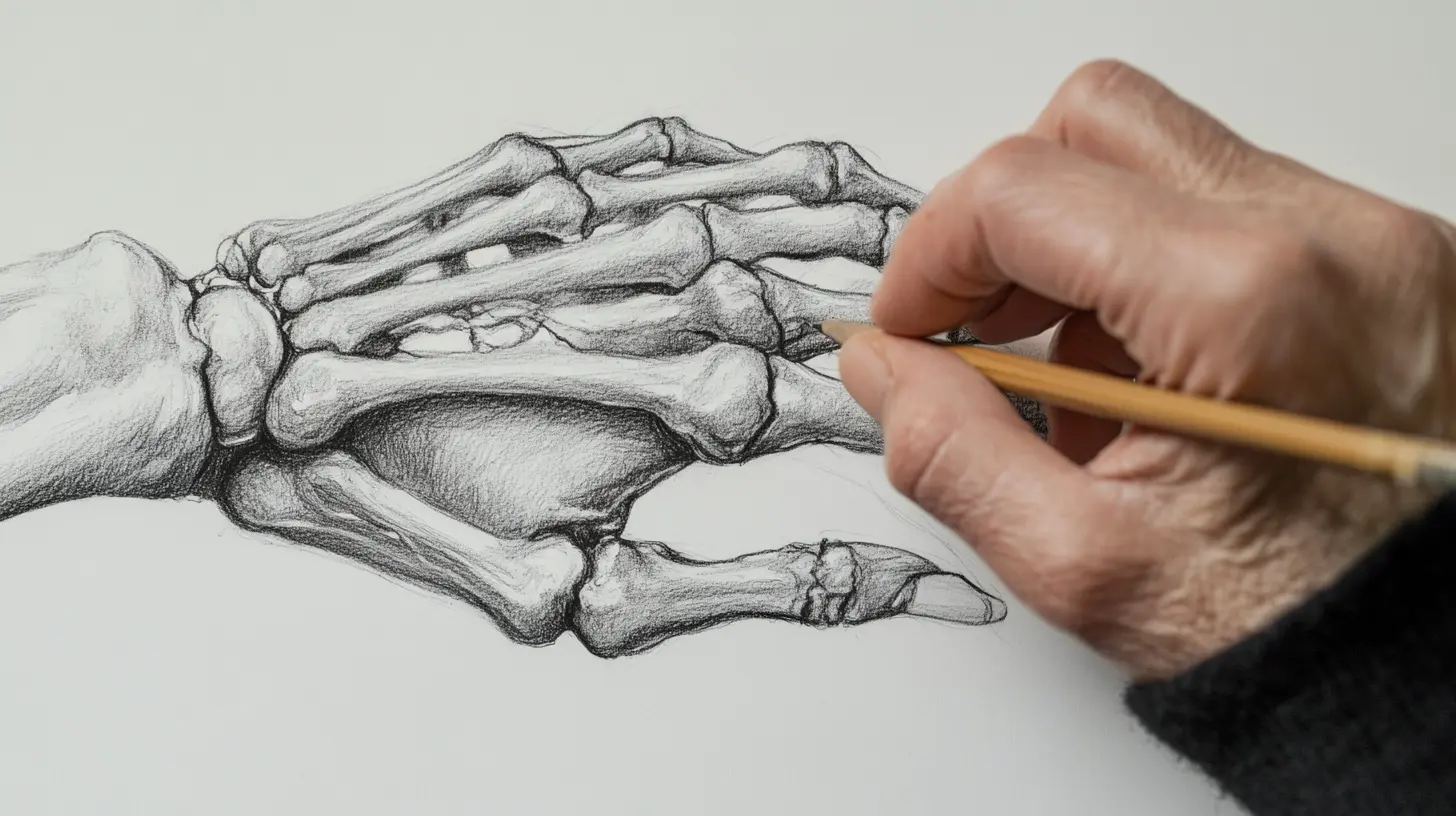
Midjourney – Quality and Creativity Champion
Midjourney is unbelievable at creating vibrant, detailed artwork and photorealistic images with rich textures and lighting. By this point, Midjourney feels like it’s a step above. Design professionals favor it for concepts, marketing graphics, and projects that demand a “wow factor.”
Midjourney starts with a free trial before moving to a subscription model, and it operates through Discord, which takes some getting used to. It’s worth getting familiar with for those jaw-dropping hero images and artistic renders that can transform an ordinary page into something special.
Pricing Tiers:
- Basic: $10/month (limited generations)
- Standard: $30/month (unlimited generations)
- Pro: $60/month (premium support, private generations)
Best for: Professional designers, marketers, artists requiring standout visuals.
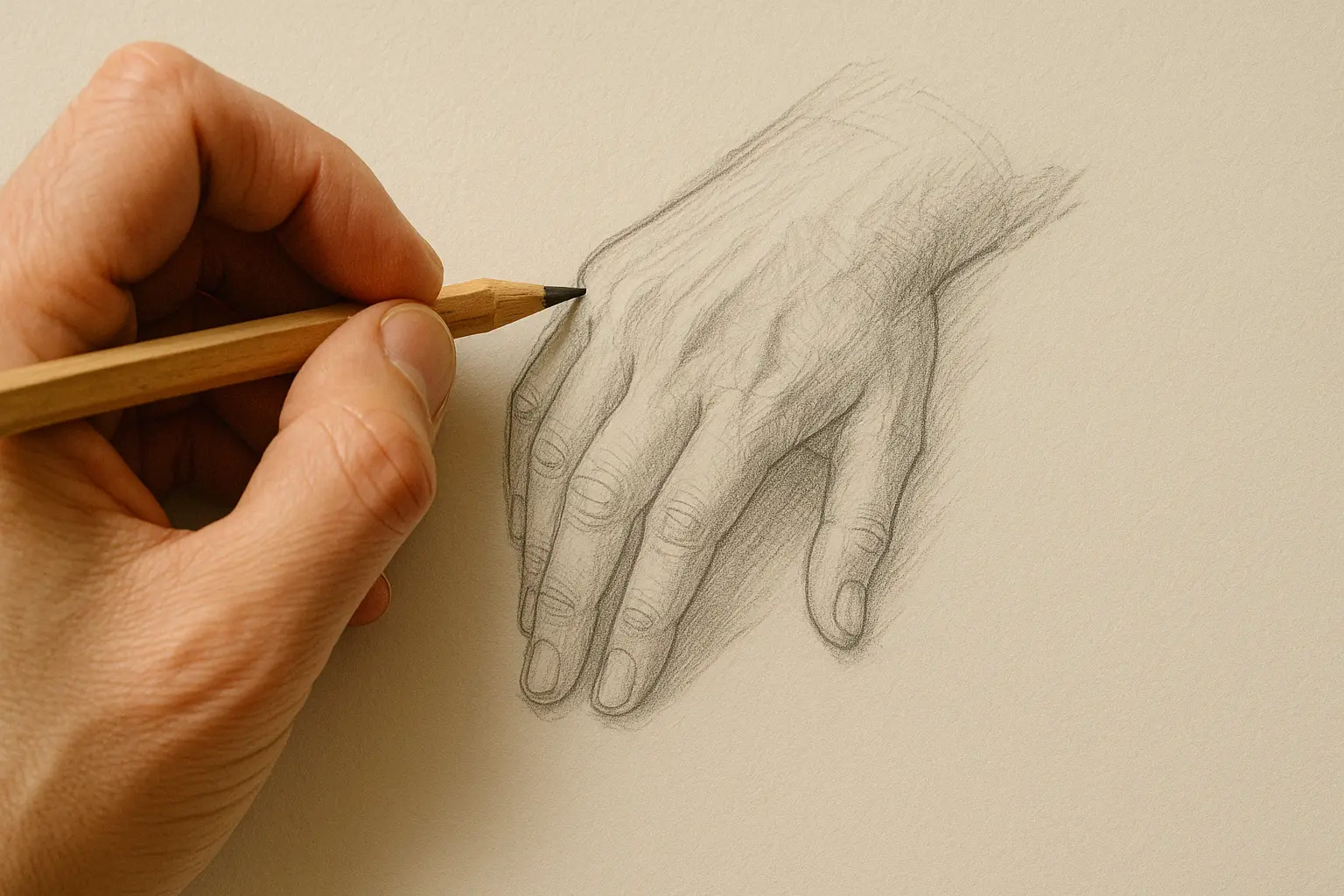
OpenAI DALL·E 3 (w ChatGPT)– User-Friendly All-Rounder
If you’re already using ChatGPT, you’ll love how DALL·E 3 is right there waiting for you. Just type what you want and boom—you’ve got an AI image. It might not have the hyper-realistic quality of Midjourney, but for quick, creative visuals, it’s hard to beat. It won’t create exactly what you want and struggles with lettering, but it’s also not human so lets cut it some slack.
DALL·E offers limited free credits (especially via Bing) and cost-effective subscription options. It’s perfect for quick blog illustrations, concept mockups, and general visual content.
Pricing Tiers:
- Free Tier: Limited monthly credits via Bing
- ChatGPT Plus: $20/month (includes DALL·E integration)
- Pay-as-you-go: Custom usage pricing via OpenAI
Best for: Bloggers, marketers, casual users needing straightforward and fast image generation.
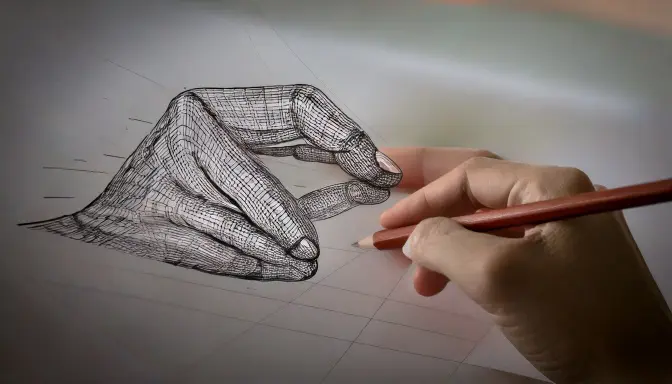
Adobe Firefly – Integrated Designer's Tool
If you’re already using Photoshop or Illustrator, Adobe Firefly feels like it was made for you. Adobe trained it on their own stock images, so there’s less worry about copyright issues when using it for commercial projects.
Our web designers mention the “Generative Fill” feature all the time for the grunt work tasks like extending backgrounds or removing unwanted elements from photos. I’ve seen how it saves time on tedious edits, letting them focus on the creative parts of design that actually require human expertise. The newfound free time opens up more time for the deeper creative work.
Pricing Tiers:
- Free Tier: Limited usage included with Adobe account
- Adobe Creative Cloud Subscription: Starts at $20.99/month
Best for: Designers, Adobe software users needing reliable, seamless image generation.
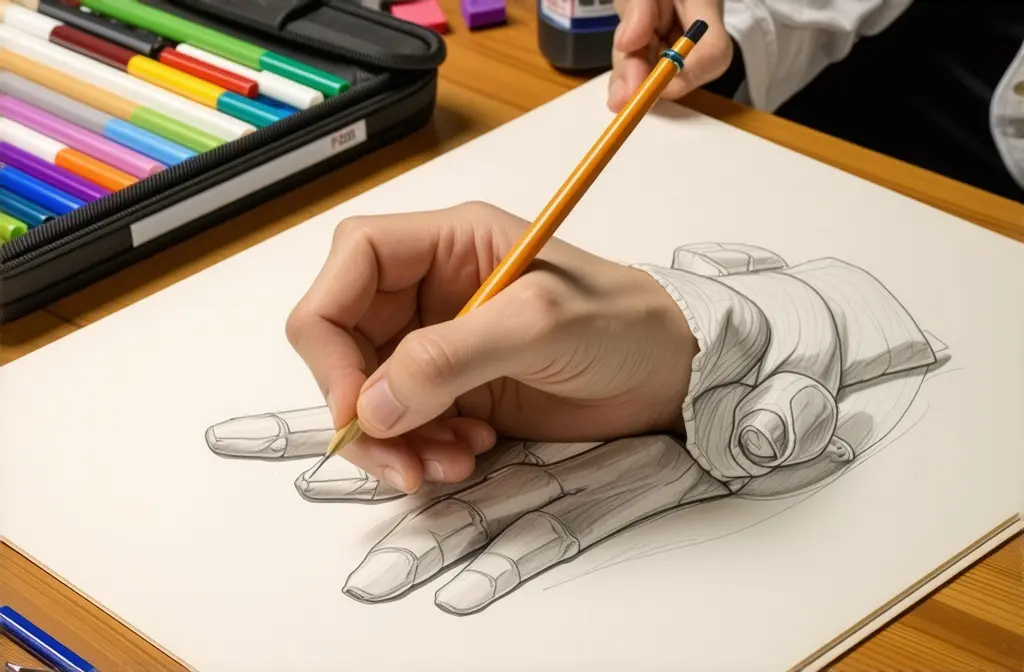
Stable Diffusion – Open-Source Flexibility
Stable Diffusion is the open-source option that lets you tinker under the hood. You can access it through user-friendly sites like OpenArt.AI, Leonardo.ai or DreamStudio if you don’t have coding experience. What makes it special is how you can fine-tune it to get exactly the style you’re looking for. It’s perfect when you need images that match your brand’s unique look.
It’s mostly free or cheap to use, which is a huge plus. Our more tech-savvy team members love it because they can experiment and get much more control over the final output. For the rest of us, though, it does take a bit more patience to master compared to the plug-and-play options like DALL·E or Firefly.
Pricing Tiers:
- Open-Source: Free to use and modify
- DreamStudio: Pay-per-credit, starting around $10 for ~1,000 images
Best for: Technical users, developers, or artists seeking extensive customization options.
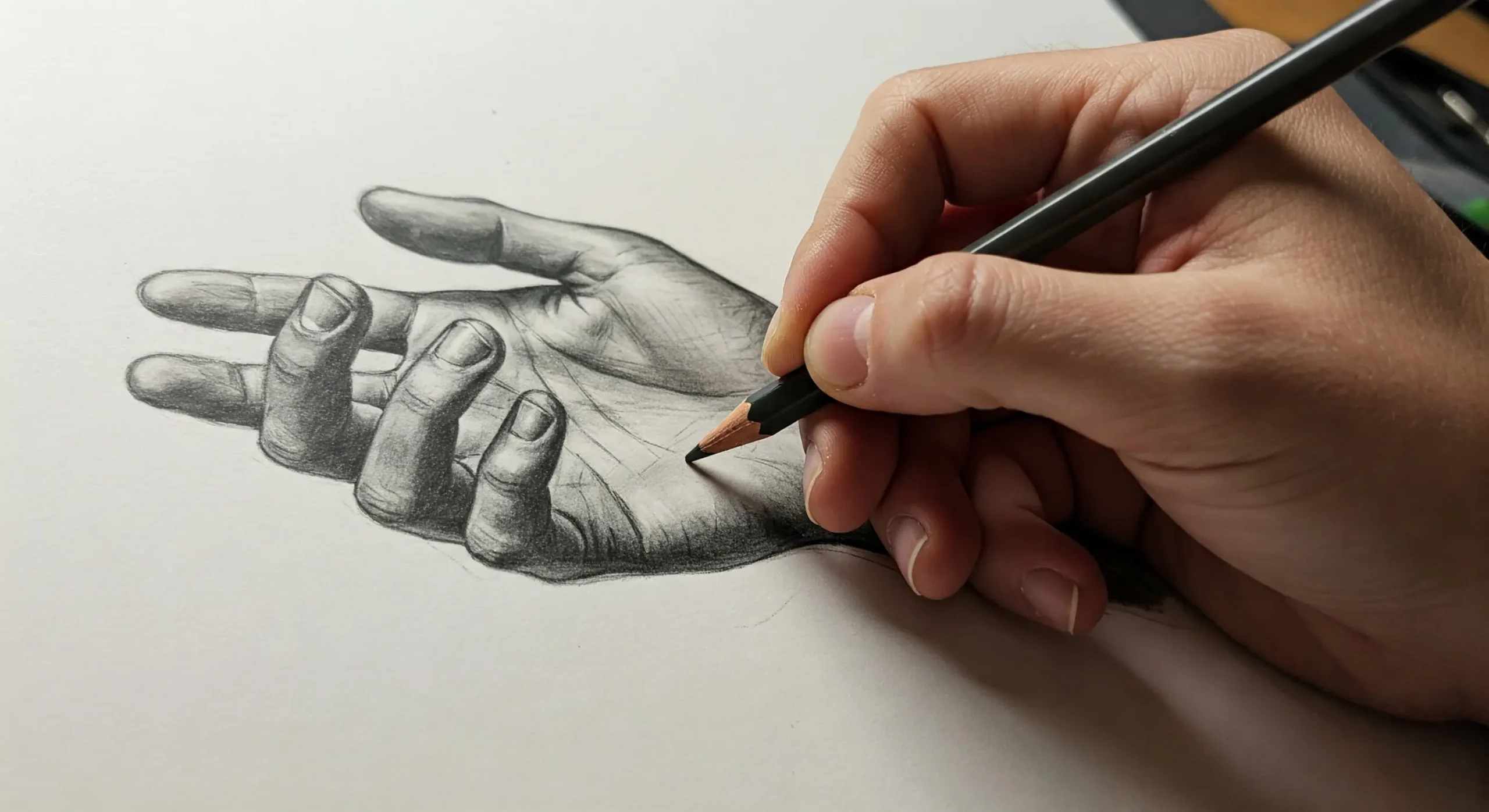
Google Gemini – Powerful Visual & Textual Fusion
Gemini is Google’s AI image maker and an answer to DALL-E. Though it doesn’t get much attention, it’s surprisingly good at understanding exactly what you’re asking for. I’ve found it handles complex prompts better than most, like when you need an image that combines multiple concepts or follows specific instructions about style and composition.
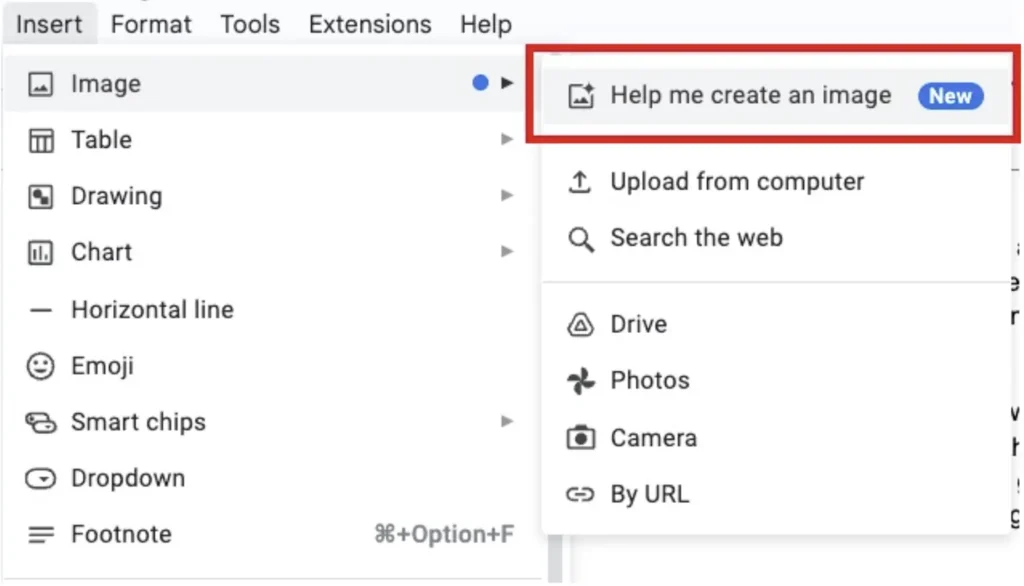
If you’re already using Google’s tools for your business, Gemini fits right into your workflow. You can use it right now in Google Docs! Our team has been testing it alongside the other generators, and while it might not have Midjourney’s artistic flair, it’s becoming our go-to for straightforward, professional images that don’t require a lot of prompt tweaking to get right.
Pricing Tiers:
- Free Tier: Limited access through Google Workspace accounts
- Gemini Pro: $25/month (enhanced quality and increased generation limits)
- Gemini Enterprise: Custom pricing (enterprise-level integration, support, and compliance)
Best for: Businesses, content creators, and professionals seeking sophisticated, context-aware image generation tied closely to textual inputs and Google’s ecosystem.
If you’re short on design ideas or marketing material, any of these AI image generators can be your ticket to breaking free from bland visuals. While not every image will be perfect, they open up creative possibilities that personalize your content beyond boring stock images or graphics.
How to Choose: AI Images vs. Stock Photography
If you’re short on design ideas or marketing material, any of these AI image generators can be your ticket to breaking free from bland visuals. While not every image will be perfect, they open up creative possibilities that personalize your content beyond boring stock images or graphics.
Stock Photos: The Reliable Workhorse
Stock photos are the tried-and-true option with some clear advantages:
- Realism & Authenticity: Stock photos excel at capturing genuine emotions, realistic settings, and tangible products. They’re perfect when you need a relatable, trustworthy feel, especially for people or real-world items.
- Convenience & Speed: Finding and downloading stock images is quick, making them ideal for tight deadlines or straightforward visuals.
There are times when an AI image may distract or confuse your website users. Stock images can be a safer bet and there are free resources available like Unsplash.
The Downside of Stock Photos
But let’s be real, stock photos are almost never perfect:
- Generic Feels Generic: Ever scrolled through a website and felt like you’ve seen those exact same models and scenes a hundred times? That’s the stock photo curse. Your competitors might be using the exact same images, making your brand blend into the background.
- Limited Creativity: Stock libraries are vast, but they can’t capture that ultra-specific vision in your head. Want an illustration of a robot teaching financial literacy? Good luck finding that in a stock photo library.
AI Images: The Creative Wildcard
AI-generated images are like having a design intern who never sleeps and can instantly visualize your wildest concepts:
- Originality & Customization: AI gives you visuals tailored precisely to your concept, especially useful when the imagery you need doesn’t exist in traditional libraries.
- Creative Flexibility: Ideal for futuristic visuals, unique illustrations, or imaginative concepts that stock photos simply can’t capture.
- Quality Variability: While AI can produce impressive images, getting consistently high-quality results may require multiple tries and precise prompting.
For a tech client’s website, we needed a unique visual that stock photos couldn’t capture. Our solution? An AI-generated futuristic office backdrop, combined with a licensed stock photo of a professional woven in by hand. The result: a custom image that felt both original and authentic. There’s a time for both options, and they can also work well together (in the right hands).
Because AI-generated images involve technology that creates visuals without traditional human input, questions around copyright ownership become important. Understanding these can help you avoid unexpected legal trouble.
Navigating Copyright and Licensing
Here’s the question: Are AI-generated images legal to use? The U.S. Copyright Office is trying its best to clarify: only images with human creative input can be copyrighted. This doesn’t mean AI images are off-limits. Just that ownership is complicated. The truth is, this is a gray area:
- Copyright Ownership: Copyright law is still figuring out how to handle AI-generated images. The general rule, especially in the U.S., is that purely AI-created images might not qualify for copyright protection.
- Training Data Concerns: AI models are trained on millions of images from the internet, raising potential infringement issues. Some platforms (like Adobe Firefly) attempt to use only licensed or public domain training data to mitigate this.
- Licensing Terms: Every AI image generator has its own terms of service. Some allow commercial use, others restrict it. Some make images public by default. Understanding these terms is crucial before using AI-generated images commercially.
- Model Releases and People: When AI generates faces, there’s no model release as there would be in photography. To be safe, we treat AI-generated people as illustrations, using them only in contexts that are clearly fictional or symbolic.
Our approach?
Treat AI images as a strategic tool. We run them through our creative team’s quality filter, and if something feels legally risky, we pivot to traditional solutions. The key is understanding the nuances and being strategic.
When in doubt, consult a legal professional who understands the evolving AI content landscape.
Parting Words on AI Imagery
Whether you’re a small business on a budget or a design team looking to push creative boundaries, AI image generation offers unprecedented flexibility.
At Clockwork, we use AI to quickly visualize ideas, extend backgrounds, or prototype concepts, but our designers guide every step. This way your AI-generated images align with your brand and maintain our quality standards. Like everyone else, we’re still learning as the landscape evolves.
But remember: just because you can use an image doesn’t mean you should. Always ask: Does this truly represent my brand? Would my audience connect with this?
If you’re unsure or want expert guidance to navigate these choices, let’s talk design strategy.

